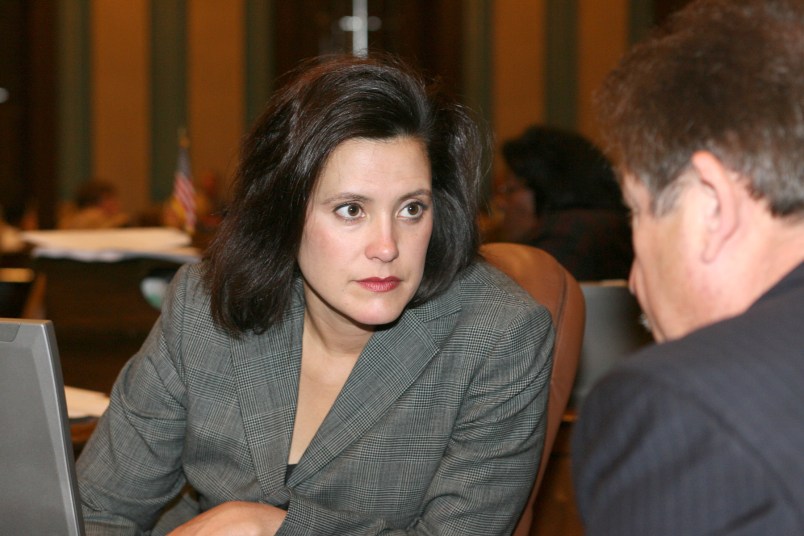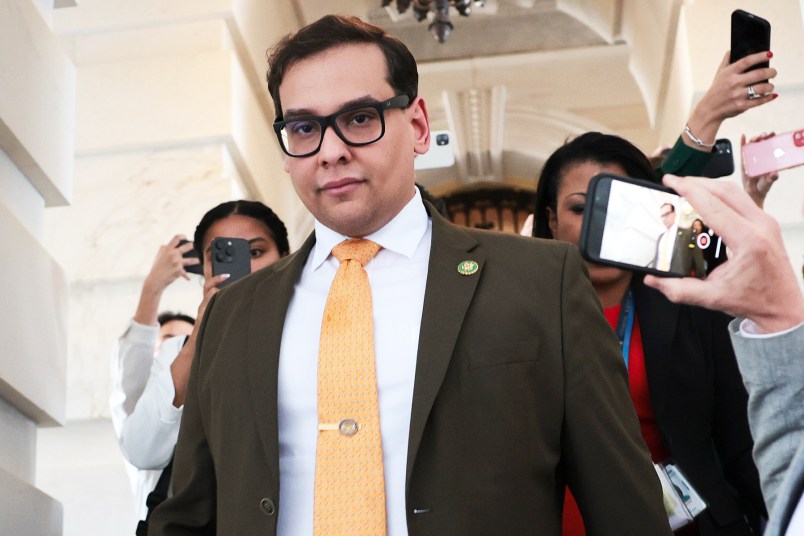The alleged ringleader of a plot to kidnap the governor of Michigan gathered several other men at his business. They were there to discuss plans for storming the state’s capitol using firearms and Molotov cocktails.
But before the planning began, the ringleader opened a trap door hidden under a rug. He led the group to the business’s basement. And then he collected everyone’s phones in a box and took it away. It was an elaborate attempt to cut off any eavesdroppers.
He failed.
An unnamed “confidential human source,” or CHS, was wearing a recording device and captured the meeting on tape, according to an FBI agent’s affidavit describing the events.
The spectacular downfall of an alleged kidnapping plot highlighted the central role of anonymous players: Undercover law enforcement officers and confidential human sources. As a result of their work, six men now face federal charges for the alleged kidnapping plot, and seven more face a slew of terrorism, firearm and gang-related charges at the state level.
According to the affidavit, a member of an unnamed militia who later became a confidential FBI source first flagged the militia’s potential to target law enforcement offices all the way back in March. In June, when alleged ringleader Adam Fox and others began discussing plans to attack the capitol building — and later, to kidnap the governor from her vacation home — confidential human sources were present almost constantly.
“They had multiple confidential human sources, they had undercover agents involved in this, they felt comfortable enough letting this play out while they monitored it,” James Gagliano, a retired FBI supervisory special agent who used to work undercover, told TPM.
The confidential human source in Fox’s basement, referred to as CHS-2 in the affidavit, is one of two cited in the report and is cited dozens of times: The sources were there at the earliest meeting between several (eventual) alleged kidnapping plotters in Ohio, where several in attendance allegedly mused about “taking” a sitting governor. The sources attended field-training exercises with militia members and meetings in which they allegedly plotted their attack of the governor’s vacation home. The sources were there when members of the conspiracy allegedly assembled and tested improvised explosive devices.
The data collection happened over the phone as well: Fox allegedly told CHS-2 in a phone call in June that he needed 200 men to storm the capitol building, take the governor hostage and put her on trial for “treason” before the November elections. A month later, he allegedly expressed frustration to CHS-2 that he had not heard back from the “baker” and mused “maybe we should just make a bunch of cupcakes and send them out” — apparent references to explosives.
The confidential sources even recorded the group’s concern about being infiltrated by confidential sources. The plotters at one point switched to a new encrypted messaging app, but CHS-2 was still with them, reading and responding to the messages.
Eventually, multiple undercover law enforcement employees, UCEs, are also described in the affidavit as being present overnight on Sept. 12, as the plotters allegedly surveilled Whitmer’s home, tested an IED, checked out a bridge they were considering blowing up, and discussed the schedule for final training exercises.
UCEs are generally viewed as more credible on the witness stand than CHSs, who aren’t law enforcement officers, but it takes time to find the right undercover cop — with the right accent, regional knowledge, and specialties — to get the job done.
“A case like this would absolutely be fast-tracked,” Gagliano said. “Yes, this is going to get attention, yes resources are going to be pushed toward it — but you have to understand how difficult it is to introduce undercover agents.”
“Those types of steps, they are methodical and you’ve got to be exceedingly careful,” he added. “These people know they are breaking the law. They know that they’re advocating for sedition. They know if they get caught they’re going to be facing long jail terms. So, they’re going to be exceedingly cautious, so the last thing you want to do in a situation like this is rush to move it from the CHS realm to the undercover agent realm.”
The confidential sources represented a big investment on a high-profile case, Gagliano told TPM. He said he couldn’t “fathom” that Attorney General William Barr wasn’t briefed on the developing investigation. (A DOJ spokesperson told CNN Thursday that Barr was briefed on the imminent case earlier this week.)
And authorities and experts have noted the immense scope of the operation: More than 200 law enforcement officials were involved in the case, Michigan’s attorney general’s office said in a statement Thursday. A spokesperson for the Michigan State Police told TPM that service of arrest and search warrants Wednesday constituted “the largest single-day operation that the MSP had been involved in.”
Mark Pitcavage, an extremism researcher at the Anti-Defamation League, noted that he couldn’t recall another militia-related incident in which 13 people were arrested.
In this case, the confidential sources were there until the end.
In a group chat on Oct. 7, according to the affidavit, several of the accused plotters indicated they planned to meet with someone “to make a payment on explosives and exchange tactical gear.” That someone turned out to be an undercover officer, too. Within a day, the plotters were behind bars.



